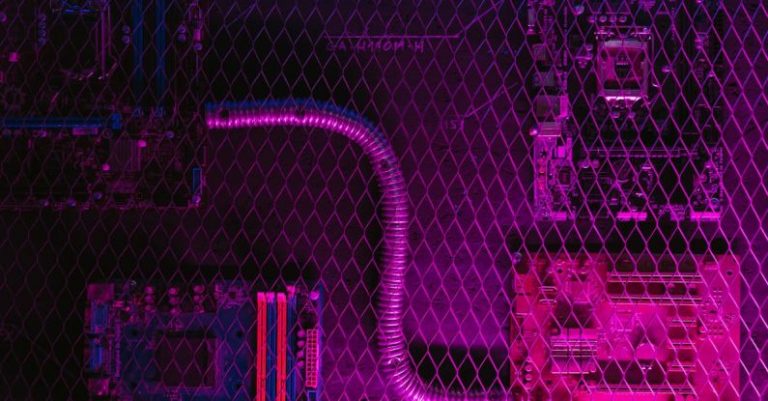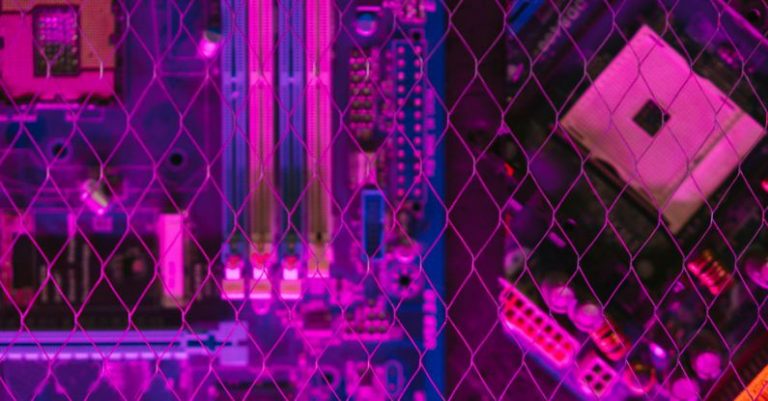
In today’s rapidly evolving technological landscape, the Internet of Things (IoT) has emerged as a game-changer, revolutionizing the way we interact with technology and the world around us. IoT refers to the network of interconnected devices that collect and exchange data through the internet, enabling seamless communication and automation. One of the key advantages of IoT is its ability to facilitate tech integration across various industries, leading to increased efficiency, productivity, and innovation.
Enhanced Connectivity and Communication
At the core of IoT’s impact on tech integration is its ability to enhance connectivity and communication between devices. By enabling different devices to communicate with each other in real-time, IoT eliminates silos and promotes a more cohesive and interconnected technological ecosystem. This seamless communication allows for the integration of diverse technologies, systems, and applications, leading to a more streamlined and efficient operation.
Improved Data Collection and Analysis
IoT facilitates tech integration by providing organizations with access to a wealth of data that can be collected, analyzed, and utilized in real-time. With sensors embedded in various devices and objects, IoT enables the continuous monitoring of processes, equipment, and environments, generating valuable insights that can drive decision-making and optimization. By harnessing the power of big data and analytics, companies can gain a comprehensive understanding of their operations and make data-driven decisions that improve efficiency and performance.
Automation and Efficiency
Another significant way IoT is facilitating tech integration is through automation and efficiency improvements. By leveraging IoT-enabled devices and systems, organizations can automate routine tasks, processes, and workflows, reducing manual intervention and human error. This automation not only increases operational efficiency but also frees up resources to focus on more strategic initiatives. Whether it’s predictive maintenance in manufacturing, smart energy management in buildings, or automated inventory tracking in retail, IoT plays a crucial role in streamlining operations and enhancing productivity.
Interoperability and Scalability
IoT promotes tech integration by fostering interoperability among different devices, platforms, and technologies. This interoperability allows disparate systems to communicate and work together seamlessly, enabling organizations to create integrated solutions that leverage the strengths of various technologies. Moreover, IoT solutions are designed to be scalable, making it easier for businesses to expand and adapt their tech infrastructure as needed. Whether deploying IoT in a small-scale pilot project or across an entire enterprise, the scalability of IoT solutions ensures flexibility and future-proofing for tech integration efforts.
Enhanced Customer Experience
IoT is revolutionizing the way businesses interact with customers, offering personalized and seamless experiences across various touchpoints. By leveraging IoT devices and sensors, companies can gather real-time data on customer behavior, preferences, and interactions, enabling them to deliver targeted and customized services. From smart homes that adjust to residents’ preferences to personalized shopping experiences in retail stores, IoT is reshaping customer interactions and driving loyalty and satisfaction.
Adapting to the Future of Tech Integration
As the adoption of IoT continues to grow, businesses must adapt to the evolving landscape of tech integration to stay competitive and relevant. Embracing IoT technologies and strategies can unlock new opportunities for innovation, efficiency, and growth. By harnessing the power of enhanced connectivity, data analytics, automation, interoperability, and customer experience, organizations can leverage IoT to drive tech integration initiatives that propel them into the future.
Embracing IoT for Seamless Tech Integration
In conclusion, the Internet of Things is playing a pivotal role in facilitating tech integration across industries, enabling organizations to harness the power of connectivity, data, automation, interoperability, and customer experience. By embracing IoT technologies and leveraging its capabilities, businesses can create integrated solutions that drive efficiency, innovation, and competitive advantage. As we look to the future, IoT will continue to shape the way we interact with technology and pave the way for a more connected and intelligent world.





